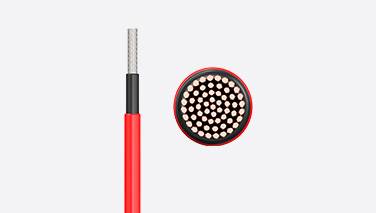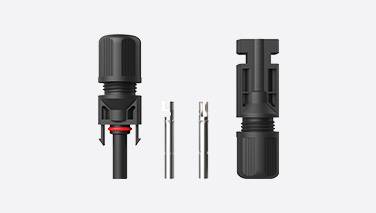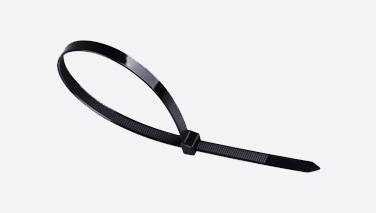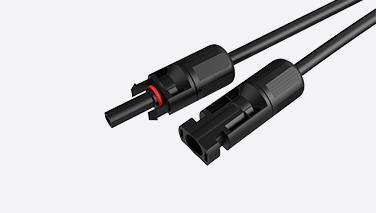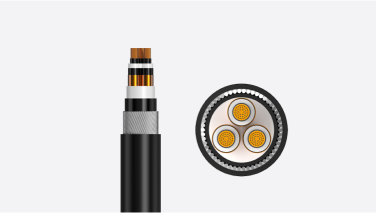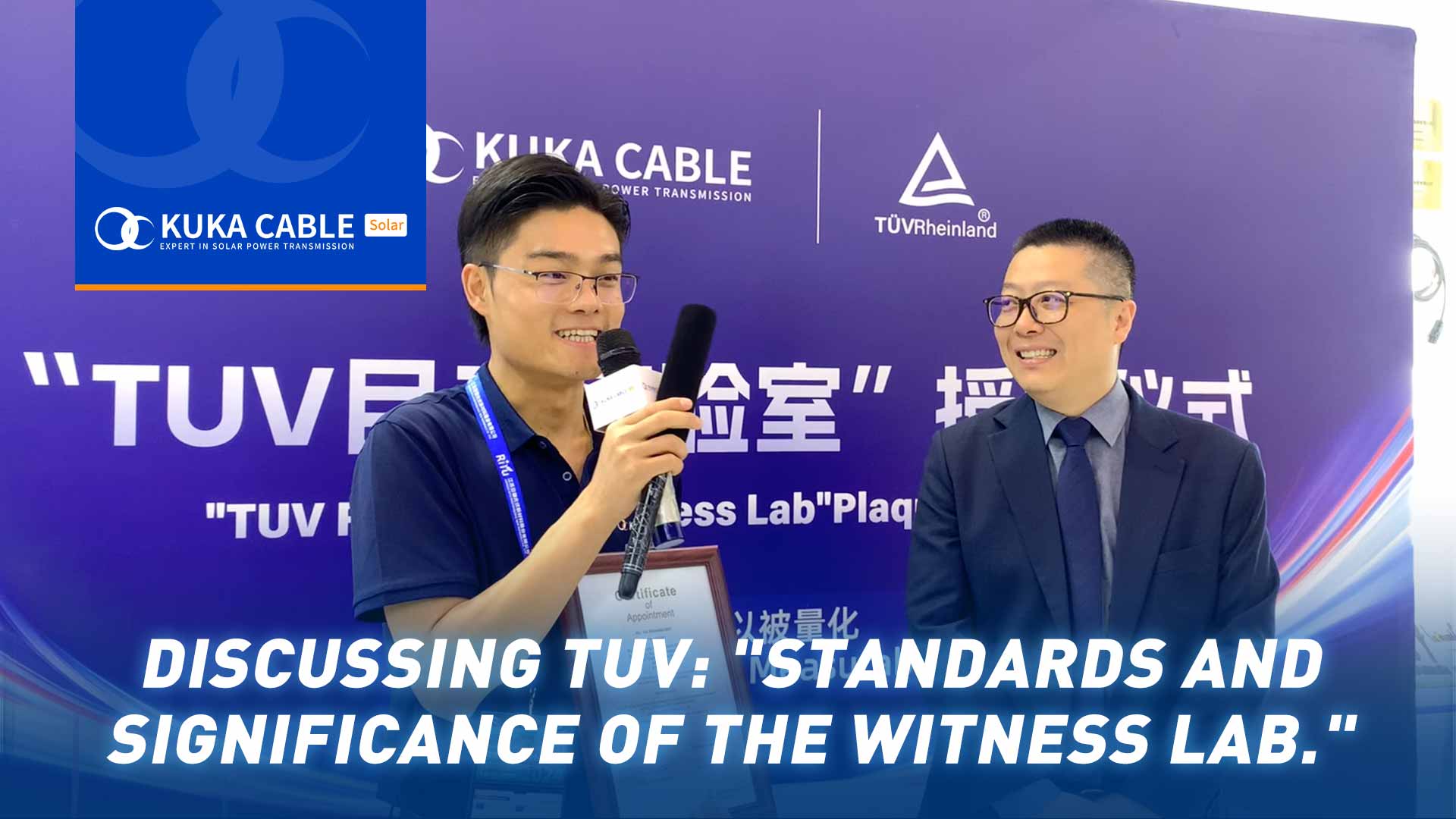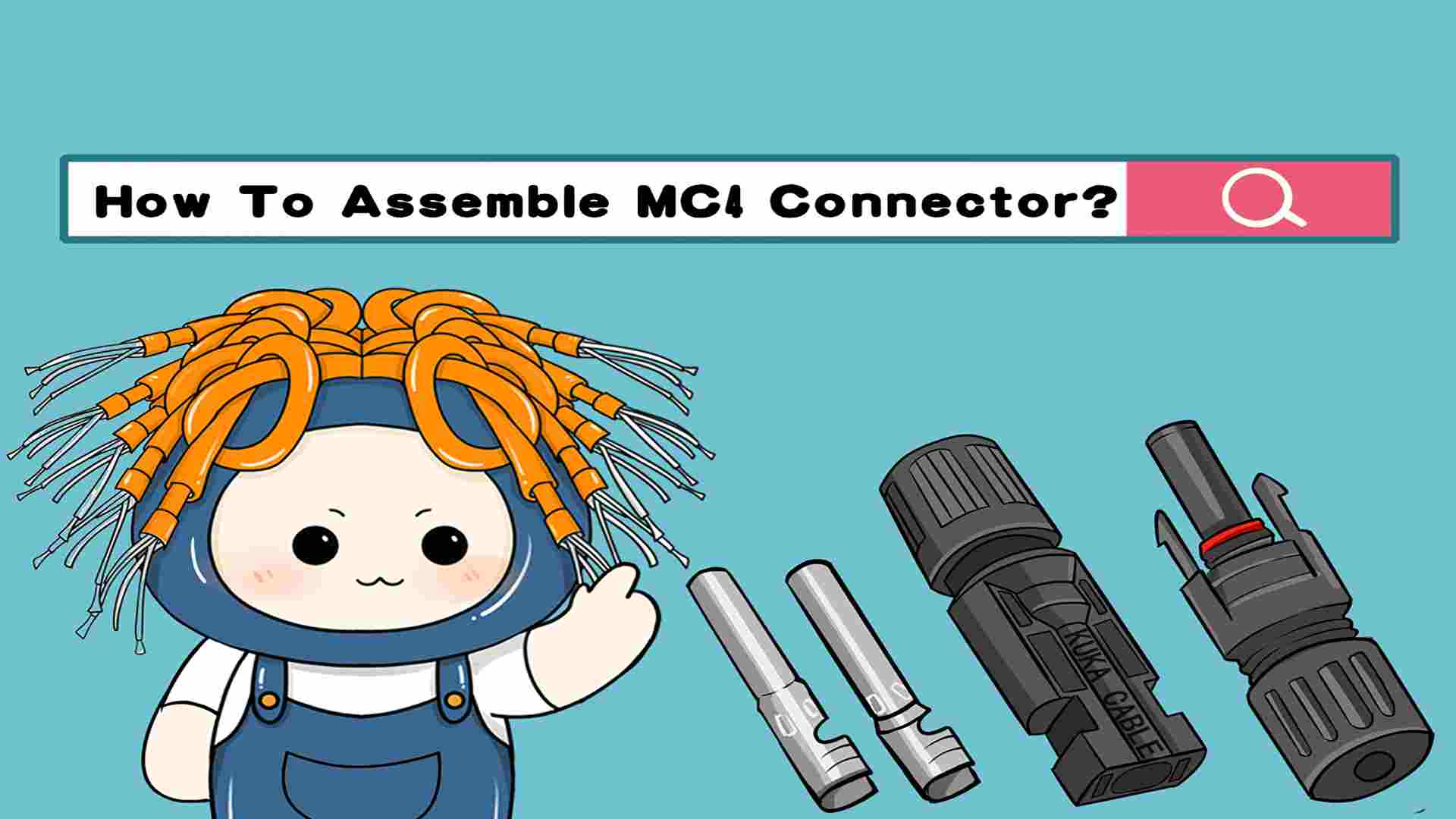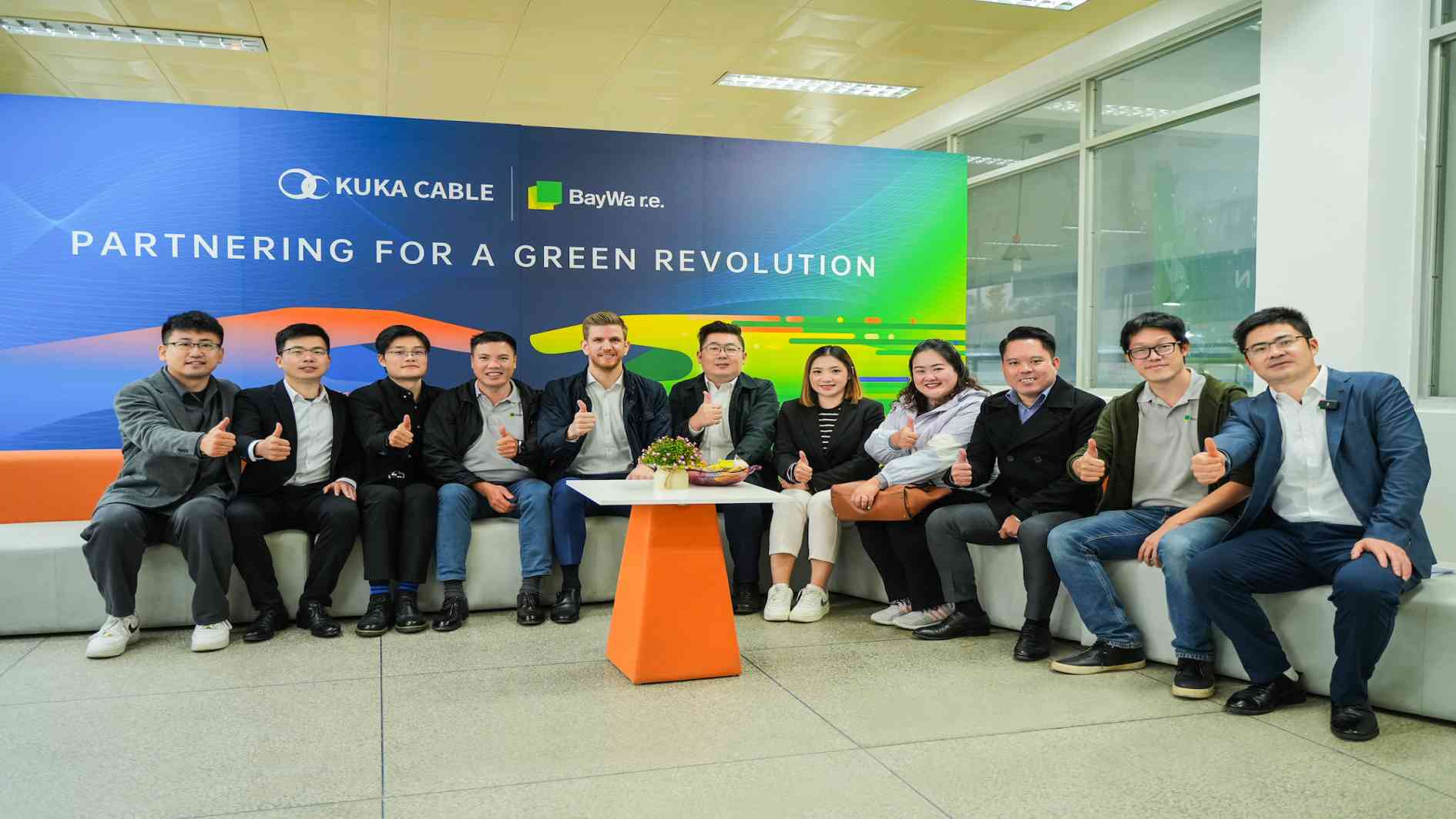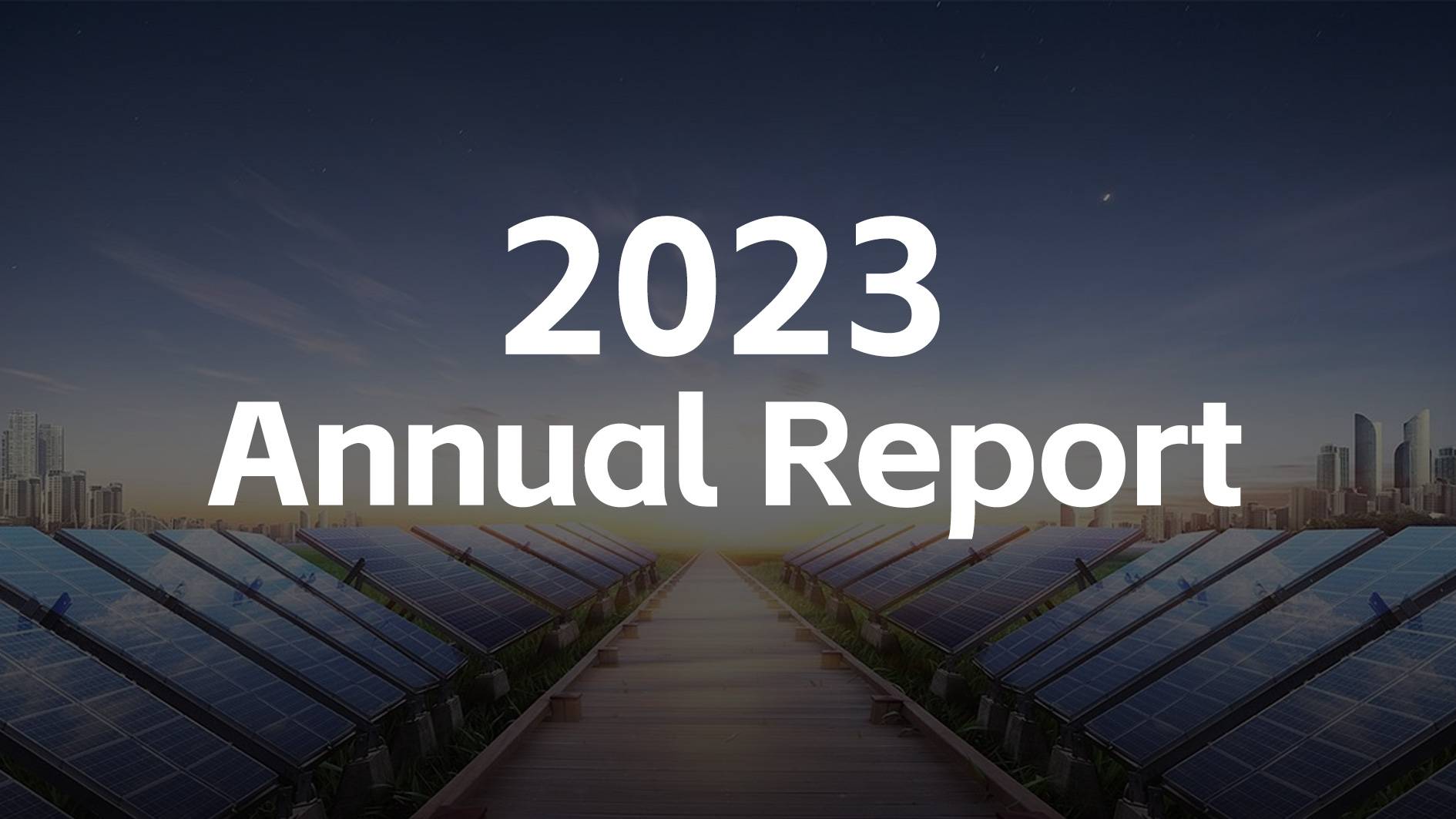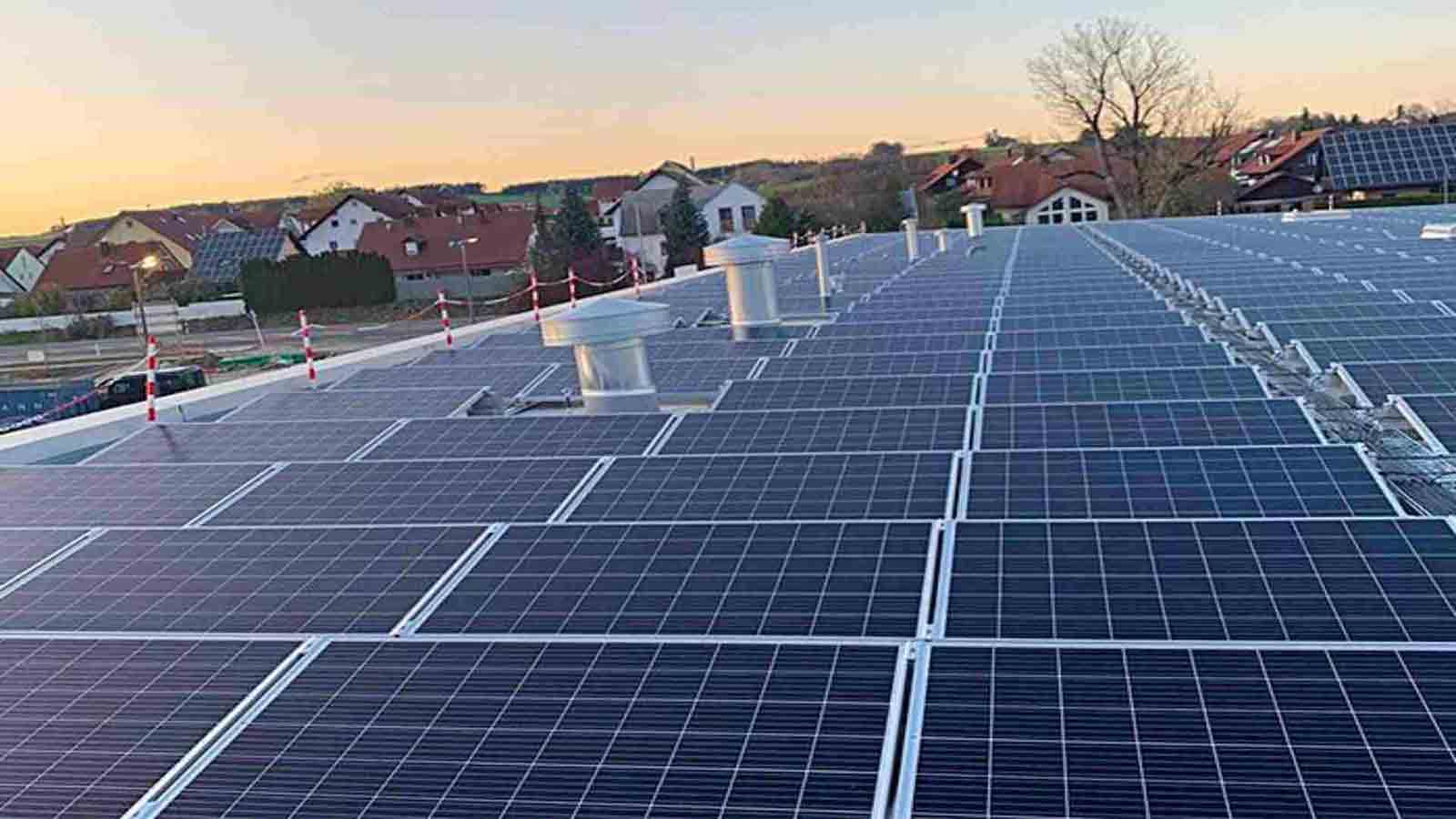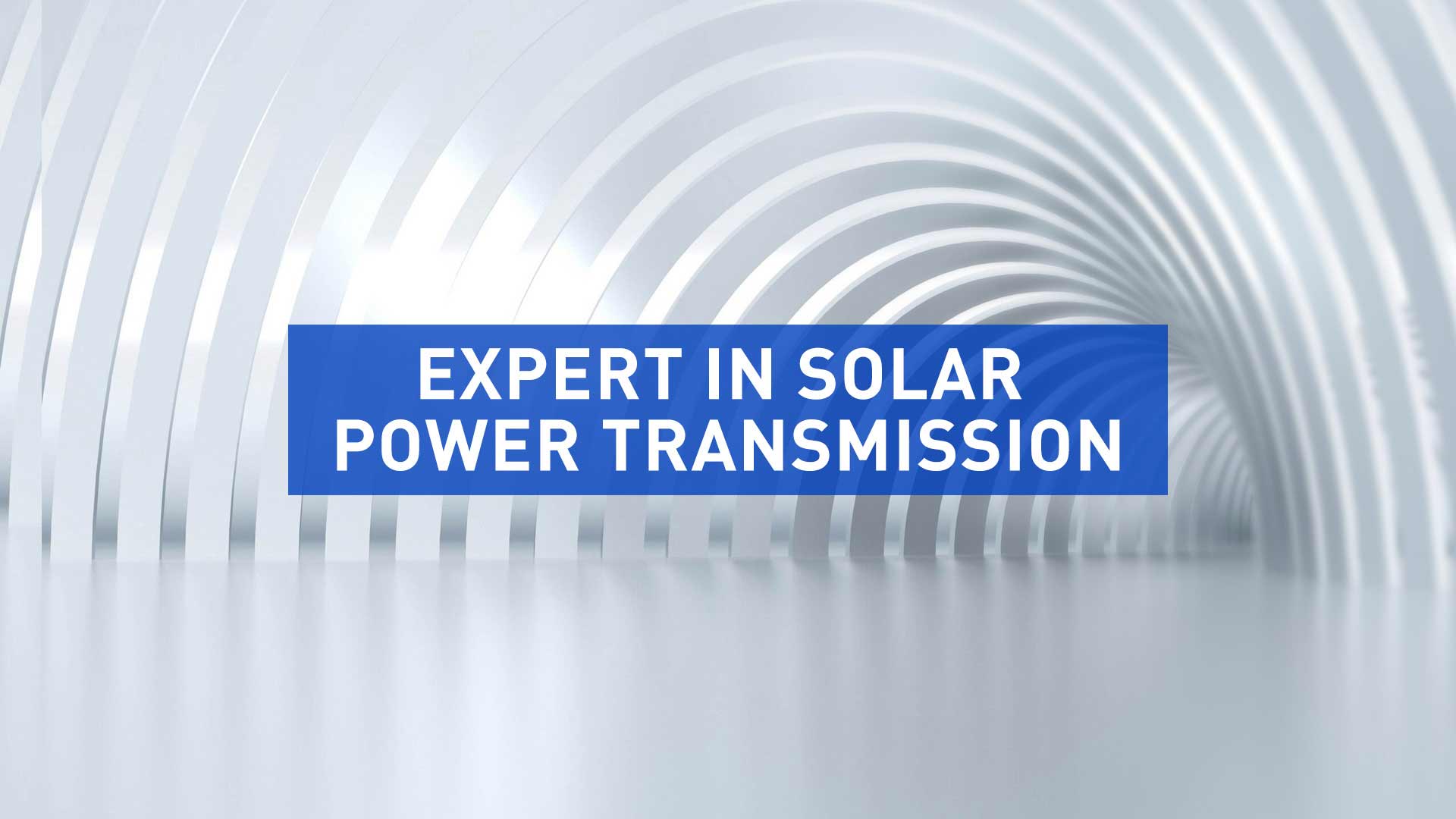Mastering solar cable certification for optimal performance
AUGUST 29ST,2023
Solar cable is usually certified to ensure its safety, performance and reliability during use. The following are some common Solar Cable Certification:

TUV solar cable certification: TUV certification, issued by certification bodies such as TUV Rheinland, is one of the most widely recognised certifications in the solar cable sector. It ensures that the cable meets international standards and quality requirements, including the cable's weather resistance, abrasion resistance, chemical resistance, and so on.
IEC 62930 and EN 50618 certifications: these are certifications issued by the International Electrotechnical Commission (IEC) and the European Committee for Standardisation (CENELEC), specifically for pv wire. iec 62930 emphasises on the performance and safety of the cable, while en 50618 focuses on the material and test requirements of the cable. The main product type is H1Z2Z2-K solar cable.
Comparison of IEC62930 and EN50618 standards
1. Comparison of standard sources
The origin of EN50618 and IEC62930 standards are different.
In August 2013, the European Union published the draft standard for photovoltaic cables EN50618 "Power cables for photovoltaic systems" for consultation with member states. This draft is similar in form and content of requirements to the TUV Rheinland certification specification for photovoltaic cables 2PFG1169 "Requirements for cables for photovoltaic systems", but there are significant differences.
The IEC 62930 standard, published in December 2017, applies to single-core cables at the DC end of photovoltaic systems with a rated DC voltage of 1.5 KV (conductor/conductor, conductor/earth system)
2 Comparison of standard contents
2.1 Scope
EN50618 and IEC62930 standards are applicable to SOLAR DC CABLE single-core cables, cable rated DC voltage 1.5KV (conductor / conductor, conductor / grounding system), but the EN50618 standard specifies mainly conductor maximum operating temperature of 120 ℃, the operating temperature of 90 ℃ cable .
IEC62930 standard specifies mainly conductor long-term operating temperature of 90 ℃, the maximum permissible conductor temperature of 120 ℃, the permitted period of use of 20000h cable.
2.2 Definition of cable types
Compared to the EN50618 standard, IEC62930 standard is the biggest difference is that both low-smoke halogen-free cables and halogen-containing cables. EN50618 and IEC62930 standard in the cable type regulations are also different, the IEC standard specifies that if the halogen-containing cables must be made to the note, halogen-free wire need to be added to the mark "HALOG ENFREELOW SMOKE" KUKACABLE into the production of H1Z2Z2-K solar dc cable sheath are used in low-smoke halogen-free materials.
2.3 Examination items
The test items for cables specified in EN 50618 and IEC 62930 are different. Can be seen: IEC62930 standard on the thermal extension temperature has been revised, the EN50618 standard 250 ℃ reduced to 200 ℃; IEC62930 standard on the halogen content of the requirements have not been raised; compared with the previous 2PFG1169 standard, EN50618 and IEC62930 standard on the insulation resistance value of the requirements of the two standards have been improved, which indicates that both standards more attention to the reliability of the wire, but the two standards are more concerned about the reliability of the cable. This indicates that both standards are more concerned about the reliability of the wire, but the two standards have different requirements for insulation resistance.
| Table 2 Cable test items specified in EN50618 and IEC62930 standards | ||
| Performance | EN50618 standard | IEC62930 standard |
| Mechanical properties: | ||
| Tensile strength | 8.0N/mm2 | 8.0N/mm2 |
| Elongation at break | 125% | 125% |
| Volume resistivity | 1015 Ω-cm | 1015 Ω-cm |
| Thermal aging | 150 ℃, 168h | 150 ℃, 168h |
| Thermal life evaluation | 25a | 25a |
| Climate resistance test | -40 ℃ bending without cracks | -40 ℃ bending without cracks |
| Low temperature test | -40 °C Tensile/Flexure/Impact | -40 °C Tensile/Flexure/Impact |
| Acid and alkali resistance | Yes | Yes |
| Capacitance test | No | No |
| Flammability Requirements | According to IEC60332-1 Standard | According to IEC60332-1 Standard |
| Thermal extension temperature | 250 °C | 200 °C |
| High temperature pressure | No | No |
| Damp heat test | 90 ℃, 85%, 1000h | 90 ℃, 85%, 1000h |
| Smoke density | >60% | >60% |
| Halogen-free requirements | Yes | No |
EU PV cable standard EN50618 has been running for many years, and the feedback of the industry on the use of this standard is good, and some products exported to Europe also basically use this standard. The newer IEC62930 standard has made it clear that halogen-containing materials can be used, which provides a variety of choices for PV cable users, especially for some special occasions to provide customers with better integrated solutions.
UL certification: UL certification is issued by the American UL standardisation and certification body to ensure that solar cables comply with safety and performance standards in the US market. Although mainly for the U.S. market, but also has a certain influence in the international arena.
CE certification: CE certification indicates that the product meets the requirements of European regulations, including safety, health, environmental protection and other aspects. Although it is not specifically for solar wire certification, it is very important in the European market.
CCC certification: China Compulsory Certification (CCC) applies to products sold in the Chinese market, including all solar cables within the 4mm solar cable, which ensures that the product meets the safety and environmental requirements in the Chinese market.
RoHS Certification: The RoHS Directive restricts the use of hazardous substances, including lead, mercury, and cadmium, to protect the environment and human health. Solar cables are often required to be RoHS compliant to meet environmental requirements.
CPR fire rating certification: CPR certification is the EU CE certification of building materials directive, which puts forward the fire rating requirements on cables. Cable CPR certification to comply with the standard EN 50575, EN 50575 according to the wire and cable heat release, combustion damage length, etc. will be divided into wire and cable fire rating: Aca, B1ca, B2ca, Cca, Dca, Eca, Fca seven levels. KUKA CALBLE has a Cca solar cable and is tested to s1a,d5,a1.

These certifications ensure the quality, safety and performance of solar cables, enabling them to work consistently in different environments and applications. When purchasing solar cables, knowing and paying attention to these certifications is an important step in ensuring that your chosen cable is qualified. Please note that certifications may vary by region, country and market, so you may need to choose the right certification for your market on a case-by-case basis.



